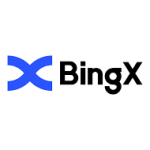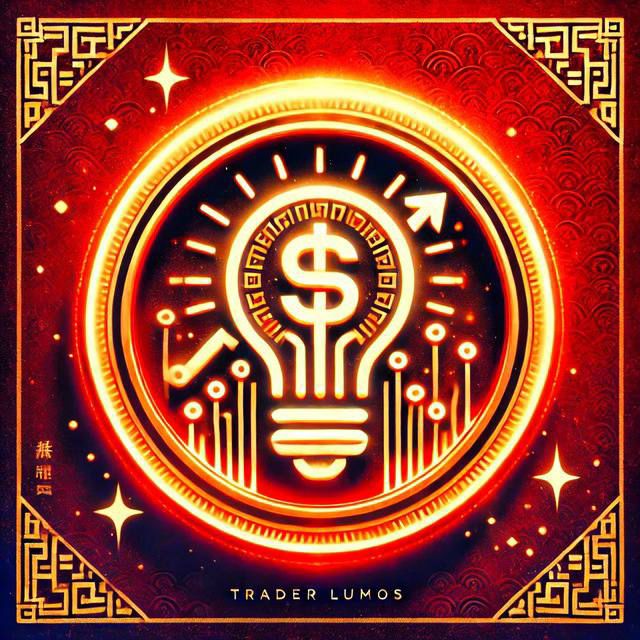Paid Crypto Trading Signals
Filters
| Trader/Stocks | Ranking | Profit spot | Profit future | Exchanges | Price | Certification |
|---|---|---|---|---|---|---|

CoinCodeCapApproved |
1 | - | - |










|
$70 / 1 month |

|

LumosApproved |
1 | - | - |
|
||

Bitcoin BulletsApproved |
7 | 67% | 143% |




|
240$ / 1 month 340$ / 3 months |

|

Wolf of TradingApproved |
7.4 | 94% | 179% |




|

|
|

Fed Russian InsidersApproved |
7.2 | 163% | 223% |




|
260$ / 1 month 420$ / 3 months |

|

Crypto Inner CircleApproved |
7 | 97% | 166% |



|

|
|

Wallstreet QueenApproved |
8.4 | 143% | 243% |



|
150$ / 1 month 350$ / 3 months |

|

Binance KillersApproved |
9.4 | +198% | +408% |





|
$290 / 1 month $480 / 3 months |

|

MyCryptoParadiseApproved |
8.4 | 30% | 270% |




|

|
|

CoinQTSNot checked |
6.2 | - | - |



|
$50 / lifetime |
|
A Guide to Paid Crypto Trading Signals
Cryptocurrency is like the Wild West. It’s full of opportunities but also swarming with bogus deals. Lately, everyone’s talking about paid crypto trading signals, promising to reveal the secrets of the market and make you a fortune. But hold your horses, they might not be what they seem! Before you jump on this bandwagon, let’s take a closer look.
What’s the Deal with Signal Providers?
Paid signals are tips on when to buy, sell, or hold specific cryptocurrencies. They usually pop up on platforms like Telegram or Discord, packed with fancy charts and jargon.
For folks new to crypto or those who don’t have time to analyze the market, these signals might seem like a godsend. After all, who wouldn’t want to tap into the wisdom of experienced traders and make some easy money?
Proceed with Caution
However, the crypto world is notorious for its “get-rich-quick” schemes, and paid signals are no exception. Beware of providers flaunting unrealistic profits or guaranteeing success. The market’s volatility makes consistent wins a challenge, even for seasoned traders.
Before subscribing, thoroughly check the provider. Scrutinize their experience, methodology, and transparency. Are their past results verifiable? Do they explain their strategies in a way you understand? If not, it’s a red flag.
Cost is another factor. Beyond subscription fees, consider potential expenses like exchange fees and slippage (the difference between expected and actual trade prices). These can eat into your profits, making a seemingly lucrative signal less appealing.
Finally, remember that signals are not personalized. They do not consider your individual risk tolerance or investment goals. Blindly following them could expose you to inappropriate levels of risk.
Alternatives to Paid Signals
If paid signals seem risky, you have other options. Some platforms offer free signals, but be extra cautious. Their accuracy might be lower, and they could have ulterior motives, like promoting certain coins.
A better approach is to invest in yourself. Learn the ropes of technical and fundamental analysis. Understand risk management principles. Engage with online communities of traders to exchange ideas and learn from their experiences.
The Signal Provider Checklist
If you do decide to give paid signals a try, do your homework first. Read reviews, check social media, and see what other traders are saying. Start small with a trial or a cheap subscription before committing a big chunk of your savings.
Remember, signals are just tools, not foolproof guarantees. Always do your own research and make sure a signal aligns with your own strategy. And never forget the golden rule of crypto: don’t invest more than you can afford to lose.
So, Are Paid Crypto Signals Worth It?
Look, if you’re new to the crypto scene or don’t have the time to constantly analyze charts and trends, signals can seem like a lifeline. They promise to do the heavy lifting for you, showing you when to buy, sell, or hold.
But here’s the catch: the crypto world is wild. It’s unpredictable, volatile, and full of surprises. Even the best signal providers can’t always guarantee success. Plus, there are a ton of shady characters out there trying to make a quick buck by selling bogus signals.
FAQs
Why use paid signals?
They can save time and offer expert insights, but they’re not for everyone.
Are they reliable?
Reliability varies widely. Research is key.
What to consider when choosing a provider?
Look at past performance, transparency, reputation, and customer reviews.
Are they good for beginners?
They can be, but beginners should still learn the basics.
How much do they cost?
Prices vary widely, from a few dollars to hundreds per month.
Let's stay in touch!
Sign up for our community update mailing list to stay informed.
Copyright 2025 | Powered by Coding4u